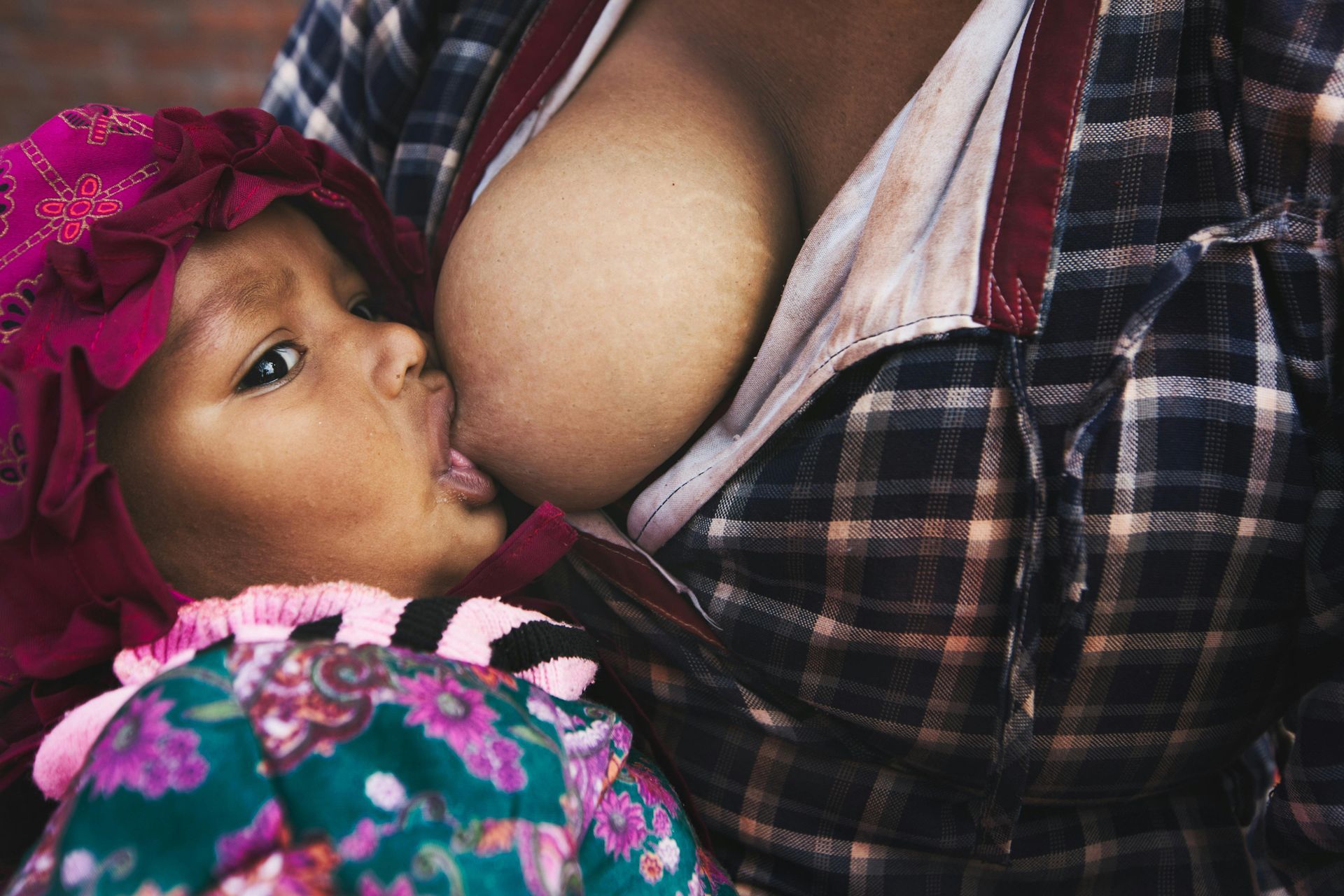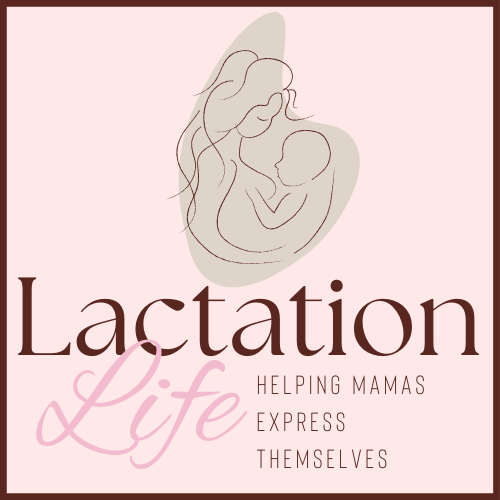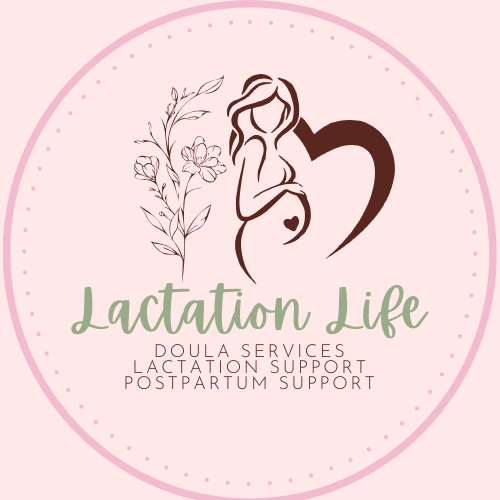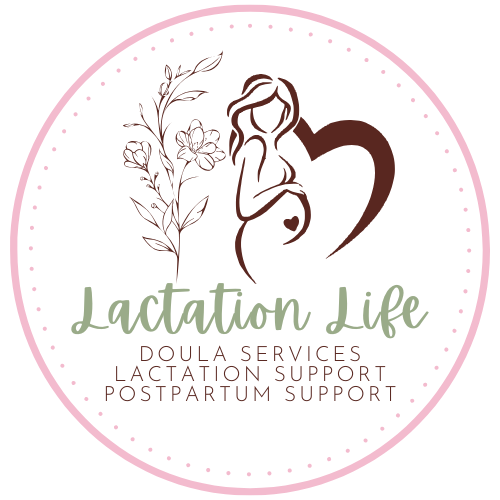The Breast Crawl: A Natural Start to Breastfeeding
The moments after birth are incredibly special, filled with awe as a newborn takes their first breaths and makes their first movements outside the womb. One of the most remarkable instincts a baby has is the ability to find their mother’s breast and latch on their own—this is known as the breast crawl. It is a natural, reflexive behavior that allows babies to initiate breastfeeding on their own within the first hour of life.
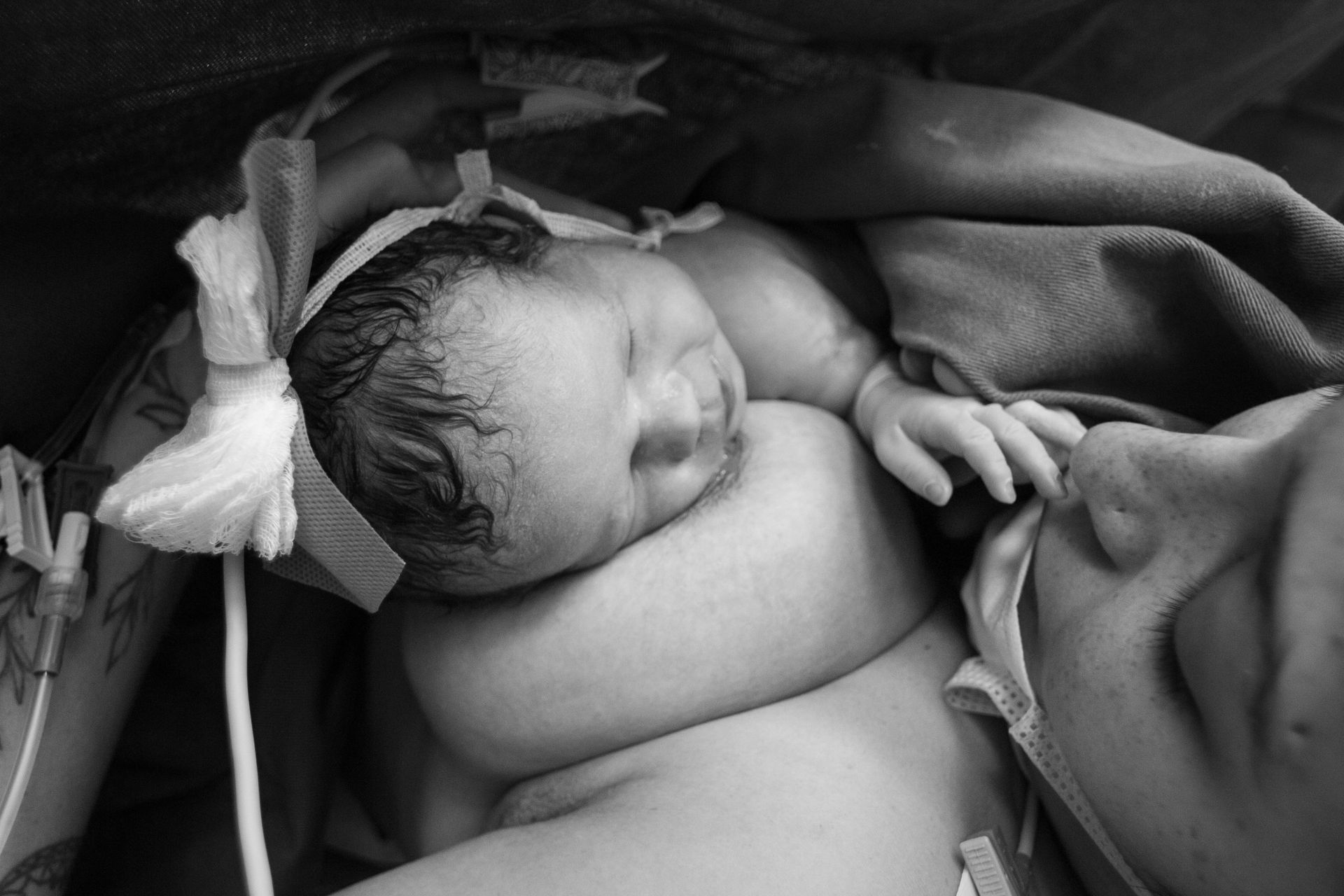
What is the Breast Crawl?
The breast crawl is a fascinating sequence of movements that occur when a newborn is placed skin-to-skin on their mother’s chest immediately after birth. Instead of being guided by a caregiver, the baby instinctively moves toward the breast, finds the nipple, and latches on to begin feeding. This process is driven by innate reflexes and sensory cues, particularly the scent of amniotic fluid, which closely resembles the smell of colostrum (a mother’s first milk).
The breast crawl was first documented in a 1987 study by Dr. Lennart Righard and Margaret Alade, who observed that newborns, when given uninterrupted skin-to-skin contact, could successfully find the breast and latch on without assistance. Today, the World Health Organization (WHO) and UNICEF recommend this practice as part of early initiation of breastfeeding, which has numerous benefits for both mother and baby.
The Step-by-Step Process of the Breast Crawl
1. Birth and Immediate Skin-to-Skin Contact: As soon as the baby is born, they are placed belly-down on their mother’s bare chest. The mother should be in a semi-reclined position, ensuring the baby has the space and support needed to move naturally.
2. Awakening and Relaxation: Initially, the baby remains still, adjusting to the new environment and resting from birth.
3. Crawling Movements: Within a few minutes, the baby begins to make small movements, using their arms and legs to push and inch their way toward the breast. Their sense of smell and touch guide them in the right direction.
4. Familiarization: Once near the nipple, the baby may lick, nuzzle, or massage the breast, stimulating milk flow and preparing to latch.
5. Latching and Feeding: Around 20 to 60 minutes after birth, the baby successfully latches onto the breast and begins sucking. This first feed is rich in colostrum, providing essential antibodies and nutrients.
6. Sleep and Bonding: After feeding, the baby often falls asleep on the mother’s chest, reinforcing the bond between them.
Why is the Breast Crawl Important?
The breast crawl is more than just an instinct—it offers significant health benefits for both mother and baby:
For the Baby:
- Improves breastfeeding success – Babies who complete the breast crawl have a higher likelihood of latching correctly and continuing to breastfeed long-term.
- Enhances brain development – The process of crawling to the breast stimulates neural pathways, supporting sensory and motor skill development.
- Regulates body functions – Skin-to-skin contact helps stabilize the baby’s temperature, heart rate, and breathing.
- Boosts immunity – Early breastfeeding provides colostrum, which contains essential antibodies that protect against infections.
For the Mother:
- Promotes bonding – The close contact releases oxytocin, the "love hormone," strengthening the emotional connection between mother and baby.
- Encourages milk production – Early latching stimulates the release of prolactin, which supports long-term milk supply.
- Aids postpartum recovery – Breastfeeding helps the uterus contract, reducing postpartum bleeding and speeding up recovery.
How to Support the Breast Crawl
Provide uninterrupted skin-to-skin contact immediately after birth for at least an hour or until after the first successful feed.
Minimize interventions such as unnecessary suctioning, swaddling, or separation, which can disrupt the baby’s instinctual process.
Ensure a calm environment with dim lighting and minimal noise to help the baby feel safe and secure.
Educate caregivers and birth attendants about the importance of the breast crawl and encourage its practice in hospitals and birth centers.
Final Thoughts
The breast crawl is a powerful and instinctive process that sets the foundation for successful breastfeeding and a strong mother-baby bond. By embracing this natural behavior, we honor the wisdom of newborns and give them the best possible start in life. Whether you’re an expecting parent or a birth professional, promoting the breast crawl can have lasting benefits for generations to come.



